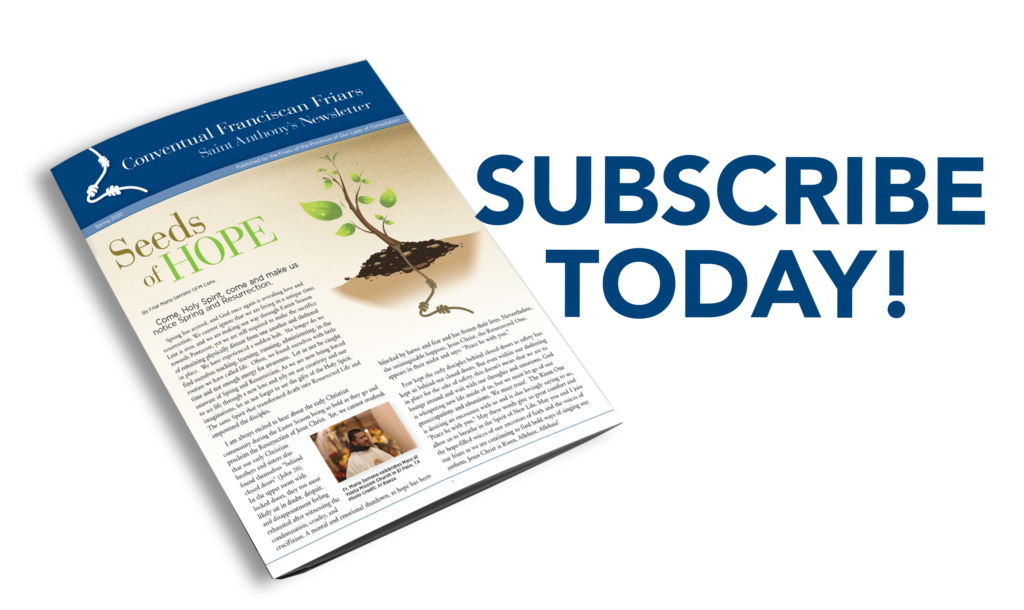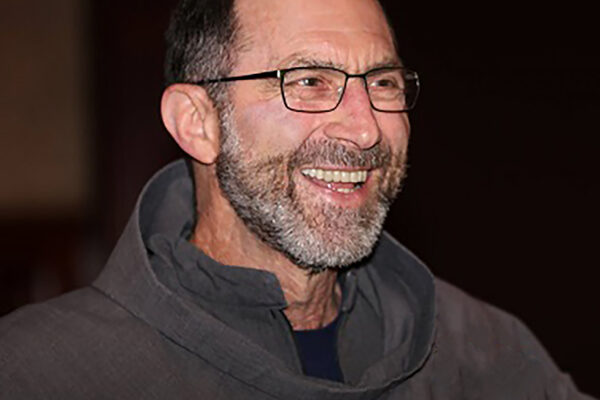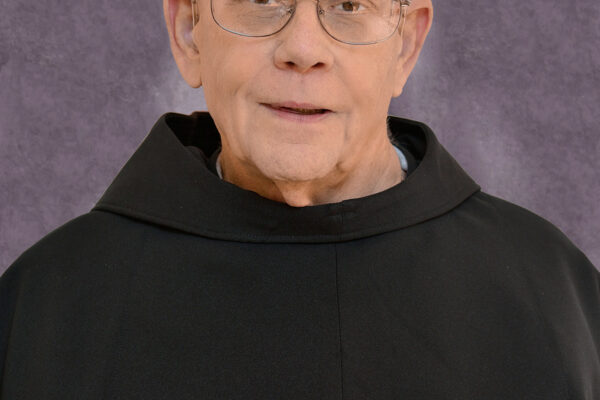by Fr. Steve McMichael, OFM Conv.
Fr. Steve reflects on the Assumption of Mary in preparation for the Feast on August 15. Many of the friars from the province gather for this feast at the Basilica and National Shrine of Our Lady of Consolation in Carey, Ohio. The friars are joined by hundreds of pilgrims who continue to gather over the days of the Novena in anticipation of the vigil on the evening of the 14th and the Feast on the 15th.
As we reflect upon the Assumption of Mary in preparation for the Feast on August 15th, some insights from the world of the medieval ages might be helpful to us. Medieval theologians and preachers held that Mary was totally involved in the life of Jesus from the Incarnation to his resurrection. In regard to the Incarnation, they focused their attention on the flesh of Mary because in the Incarnation they believed that Mary gave Jesus her flesh (and his soul was given to him by God the Father through the agency of the Holy Spirit). Although the scriptures are silent about Jesus’ appearance to Mary in his risen state, it was commonly held that she was the first one that Jesus appeared to even before the women at the tomb and the Apostles. She was seen, therefore, in the late middle ages as the primary resurrection witness.

Crowds gather for the Annual Novena at the Basilica and National Shrine of Our Lady of Consolation in Carey, Ohio
What was at stake in the doctrine of the Assumption of Mary was confirmation of other Marian truths implicit in this mystery, such as Mary’s queenship, her mediation and heavenly intercession, and her role as paradigm of the heavenly Church, with regard to the earthly Church.
The doctrine of the Assumption guaranteed not only that Jesus had been raised, and she was the primary witness, but also that Christian believers would be raised. They understood that Mary had fully entered into the Glory of God, thus experiencing the fullest meaning of the resurrection of her Son. With her we can experience that meaning when we ourselves are transformed, body and soul, into glorious resurrected life! Our souls will experience the beatific vision that is the reward for living out the theological virtues here on earth. Our bodies will be rewarded with the four dotes (gifts) of agility, clarity, impassibility and subtlety after having lived out the cardinal virtues. Mary experienced this complete transformation in the Assumption so she is our model of our own transformation into the glory of resurrected life.
Because of her sufferings and sorrow in experiencing Jesus’ passion and death, Mary was able to draw Christians to herself in their own sufferings and sorrow. As she was relieved of her own suffering in the Assumption, so also will Christians be relieved of their suffering in their own resurrection from the dead. Mary’s Assumption was therefore considered the model of the anticipated resurrection of all believers into the glory of resurrected life. As the concluding prayer of the Feast states: “Having received the Sacrament of salvation, we ask you to grant, O Lord, that, through the intercession of the Blessed Virgin Mary, whom you assumed into heaven, we may be brought to the glory of the resurrection.”






